Seaside Hydrangeas: The Ultimate Guide To Growing These Beautiful Flowers
Seaside Hydrangeas: The Ultimate Guide to Growing These Beautiful Flowers
Hydrangeas are a popular choice for gardeners of all levels of experience. They are known for their large, colorful blooms that can add a touch of elegance to any garden. Seaside hydrangeas are a type of hydrangea that is well-suited for growing in coastal areas. They are more tolerant of salt spray and wind than other types of hydrangeas, making them a good choice for gardens that are close to the ocean.
In this guide, we will discuss everything you need to know about growing seaside hydrangeas. We will cover topics such as choosing the right location, planting, watering, fertilizing, and pruning. We will also provide tips on how to protect your seaside hydrangeas from pests and diseases.
Choosing the Right Location
The first step to growing seaside hydrangeas is to choose the right location. Seaside hydrangeas need full sun to partial shade. They also need moist, well-drained soil. If your soil is sandy or clayey, you will need to add organic matter to improve drainage.
Seaside hydrangeas are not as tolerant of heat as other types of hydrangeas. If you live in an area with hot summers, you may want to choose a location that is sheltered from the sun in the afternoon.
Planting
Seaside hydrangeas can be planted in the spring or fall. When planting, dig a hole that is twice as wide as the root ball of the plant. Backfill the hole with soil, tamping it down firmly. Water the plant well after planting.
Watering
Seaside hydrangeas need regular watering, especially during the first year after planting. Water the plants deeply once a week, or more often if the weather is hot and dry.
Fertilizing
Seaside hydrangeas benefit from fertilizing in the spring and fall. Use a balanced fertilizer, such as 10-10-10, at the recommended rate.
Pruning
Seaside hydrangeas do not need to be pruned heavily. However, you may want to remove any dead, diseased, or damaged branches in the spring. You can also prune the plants to shape them or to control their size.
Protecting from Pests and Diseases
Seaside hydrangeas are relatively resistant to pests and diseases. However, they can be susceptible to aphids, scale, and powdery mildew. If you notice any pests or diseases, treat them immediately with an appropriate insecticide or fungicide.
With proper care, seaside hydrangeas can thrive for many years. They are a beautiful and easy-to-grow addition to any garden, especially those located in coastal areas.
If you're looking for a beautiful and hardy hydrangea that can thrive in coastal areas, then the seaside hydrangea is the perfect choice for you. These shrubs are known for their large, showy blooms that can range in color from blue to pink to white, depending on the acidity of the soil. Seaside hydrangeas are also relatively low-maintenance, making them a great option for busy gardeners.
To learn more about seaside hydrangeas, I recommend visiting . This website has a wealth of information on the topic, including planting tips, care instructions, and even a gallery of photos. You can also find a list of local nurseries that sell seaside hydrangeas.
FAQ of seaside hydrangea
1. What is a seaside hydrangea?
A seaside hydrangea is a type of hydrangea that is native to coastal areas. It is known for its large, showy flowers that can range in color from blue to pink to white. Seaside hydrangeas are relatively easy to care for and can tolerate salty air and wind.
2. How do I plant a seaside hydrangea?
Seaside hydrangeas should be planted in full sun to partial shade. They prefer well-drained soil that is rich in organic matter. When planting, dig a hole that is twice the width of the root ball. Backfill the hole with soil, tamping it down gently. Water the plant well and mulch around the base to help retain moisture.
3. How do I care for a seaside hydrangea?
Seaside hydrangeas need regular watering, especially during hot, dry weather. They should be fertilized once a year in the spring with a balanced fertilizer. In the fall, the leaves of seaside hydrangeas will turn brown and fall off. This is normal and does not mean that the plant is dead.
4. How do I protect a seaside hydrangea from the cold?
In areas with cold winters, seaside hydrangeas may need to be protected from frost. You can do this by covering the plant with a burlap sack or other protective material. You may also need to prune the plant back in the fall to reduce its size and make it easier to cover.
5. What are some pests and diseases that can affect seaside hydrangeas?
Seaside hydrangeas are relatively resistant to pests and diseases. However, they can be susceptible to scale, aphids, and powdery mildew. If you notice any pests or diseases on your plant, you can treat them with insecticidal soap or neem oil.
Image of seaside hydrangea
5 different images of "seaside hydrangea" from Pinterest:
- A large, white seaside hydrangea bush in full bloom, surrounded by lush green foliage.
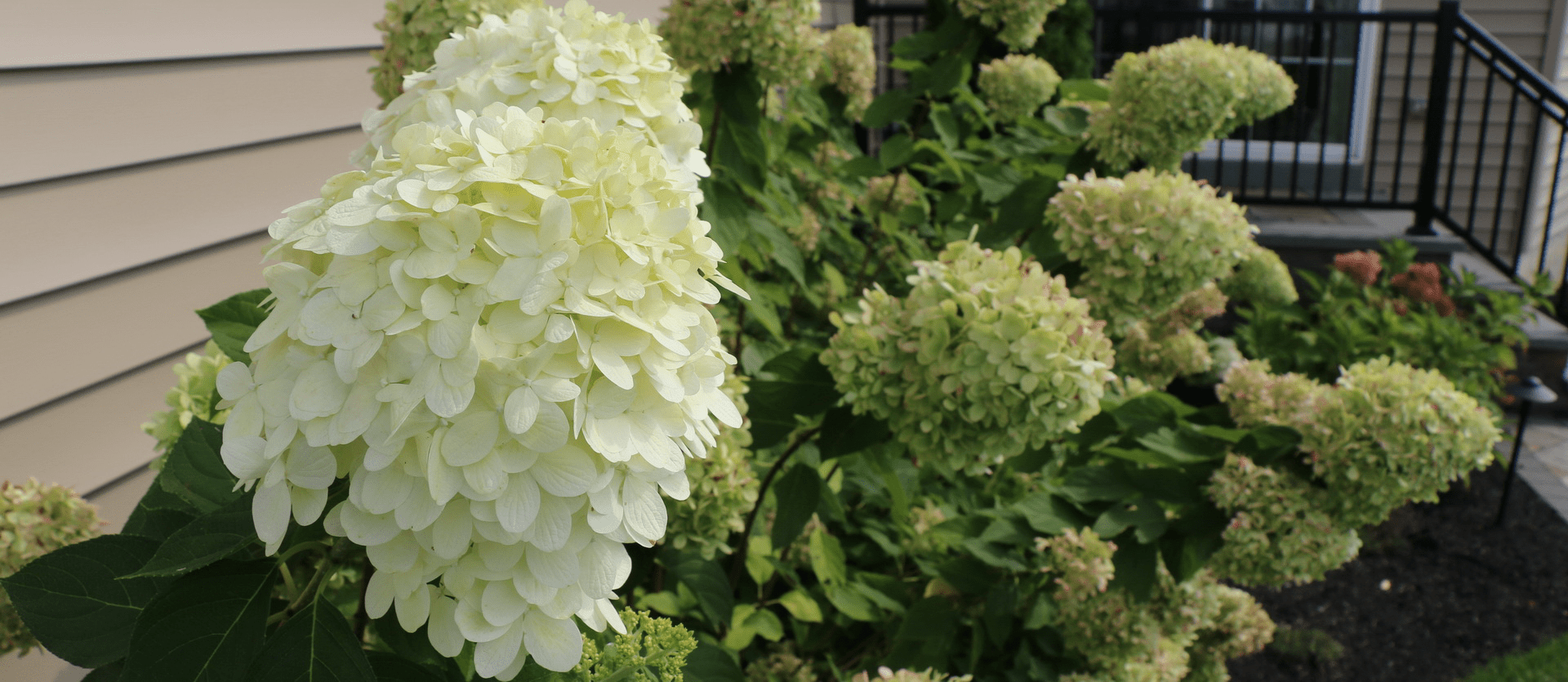
- A cluster of pink seaside hydrangea flowers against a backdrop of blue sky and ocean waves.
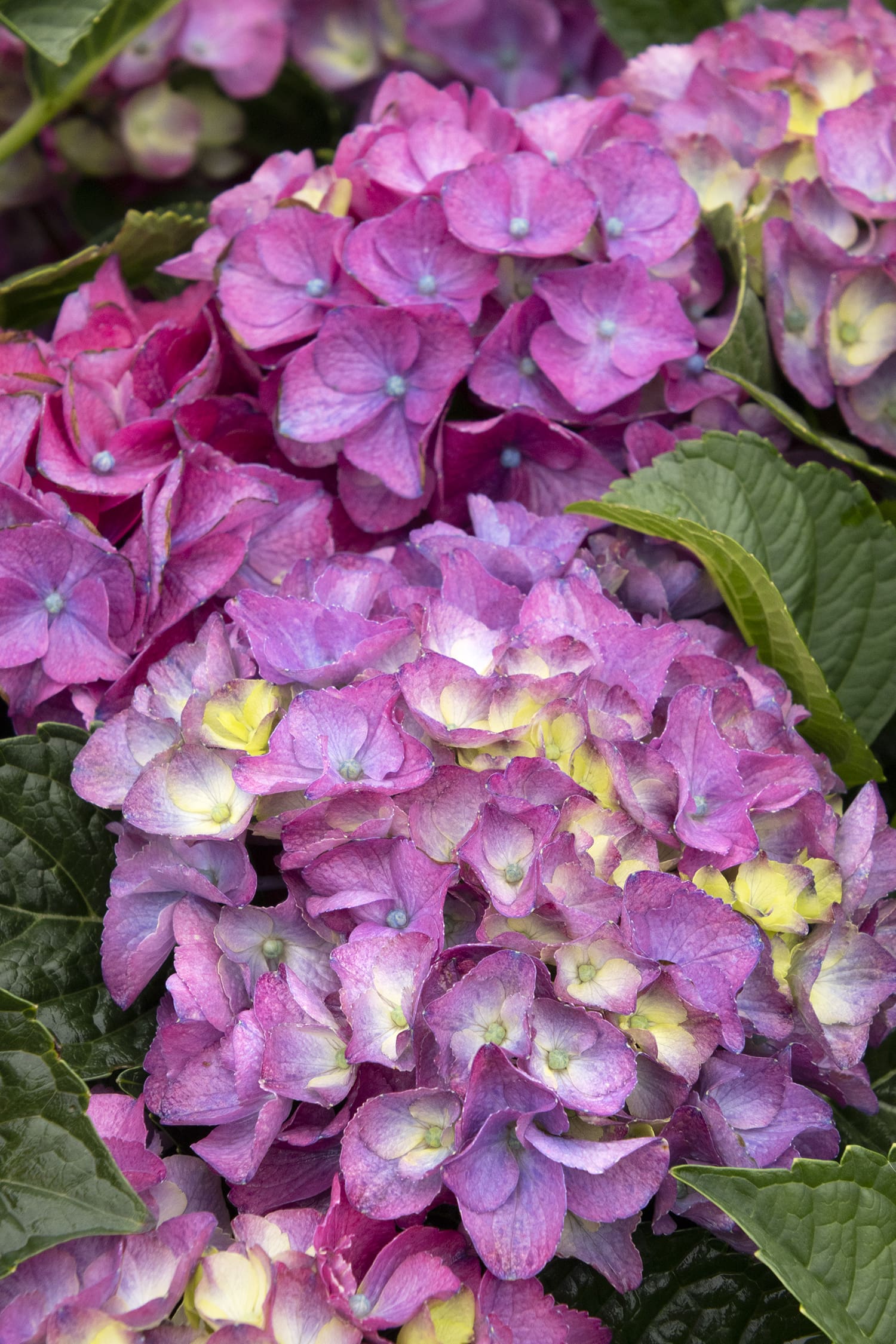
- A seaside hydrangea trellis covered in purple flowers, with the ocean in the background.
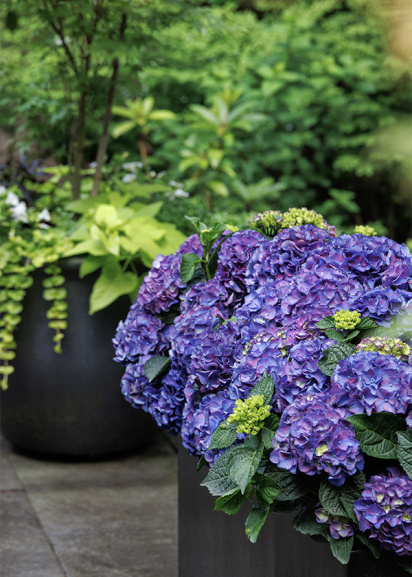
- A close-up of a single seaside hydrangea flower, showing its delicate petals and intricate blue veins.
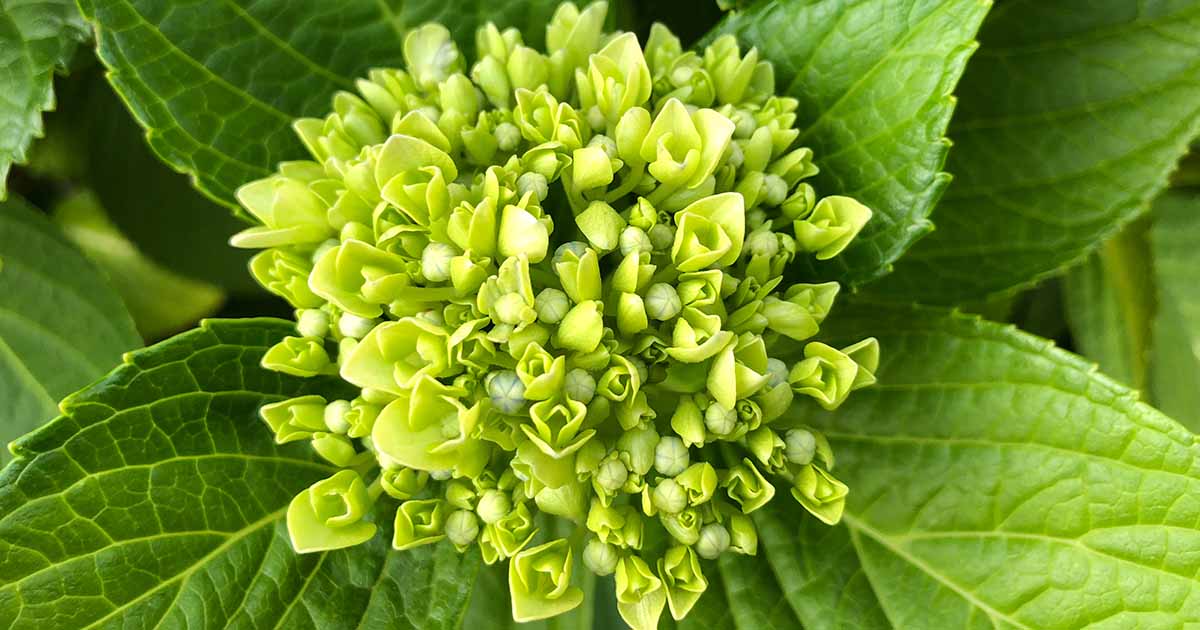
- A row of seaside hydrangea bushes in a garden, with a colorful birdbath in the foreground.
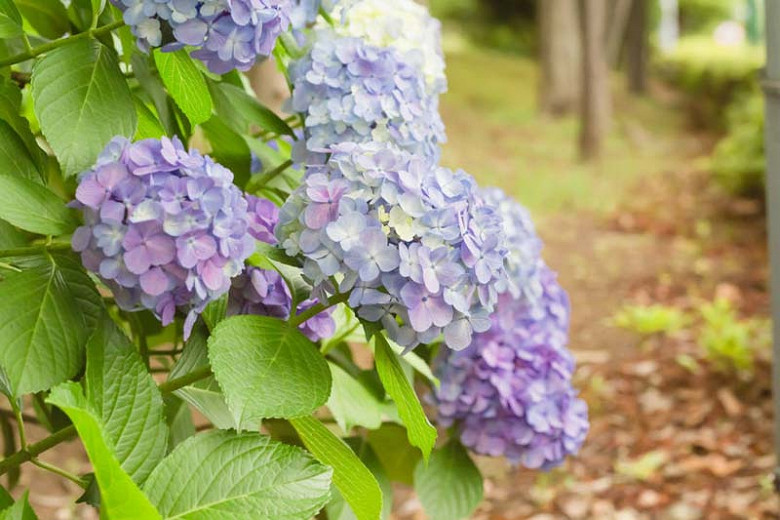
Post a Comment for "Seaside Hydrangeas: The Ultimate Guide To Growing These Beautiful Flowers"